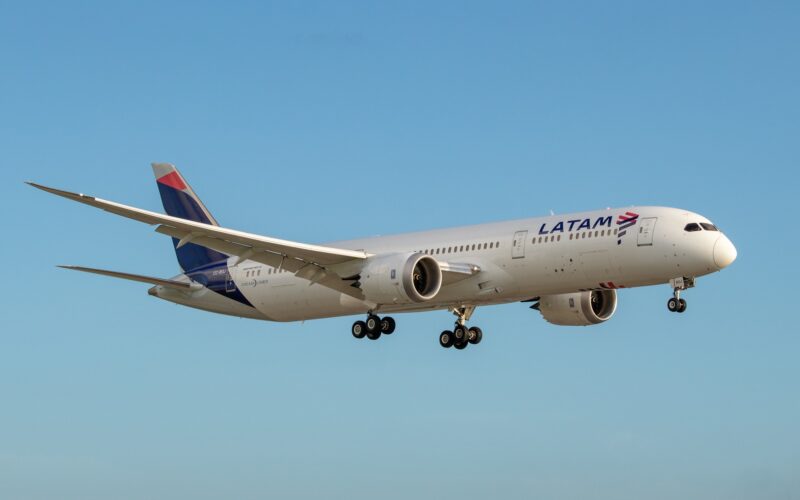LATAM Airlines Group Expands Fleet with Five Additional Boeing 787s and New GEnx Engines

LATAM Airlines Group has made a strategic decision to expand its long-haul fleet by placing an incremental order with Boeing for five additional Boeing 787 aircraft. In a significant move, the group has also opted to switch to General Electric GEnx engines, marking the first time these powerplants will be used by a customer in South America.
Currently, the LATAM Group operates a fleet of thirty-three 787s across its subsidiaries. This includes ten 787-8s (nine with LATAM Airlines and one with LATAM Airlines Perú) and twenty-three 787-9s (ten with LATAM Airlines, nine with LATAM Airlines Brasil, and four with LATAM Airlines Perú), as per ch-aviation fleets advanced data. The group also plans to acquire three more 787-9s previously operated by Norwegian. All these aircraft are currently powered by Rolls-Royce Trent 1000 engines, with LATAM being the first in Latin America to adopt the GEnx engines, a distinction currently held only by Aeroméxico in the region.
Ramiro Alfonsin, the Chief Financial Officer of LATAM Airlines Group, highlighted the advantages of incorporating GEnx engines, emphasizing their flexibility, cutting-edge technology, and reduced environmental impact. This decision aligns with the group’s strategy of operating two different engine models on its 787 fleet.
The specific variants of the newly ordered 787s and their delivery timelines remain undisclosed as the airline has not responded to queries regarding these details.
LATAM Airlines Group has been focusing on the 787 as the cornerstone of its long-haul operations, especially following the retirement of all A350-900s by LATAM Airlines Brasil during the COVID-19 pandemic and the recent phasing out of passenger-configured 767-300ERs. The Brazilian arm of the group also operates ten 777-300(ER)s alongside the 787s.
This expansion and engine selection mark a significant development in LATAM Airlines Group’s fleet strategy, reflecting its commitment to modernization, operational efficiency, and environmental sustainability in its long-haul operations.
